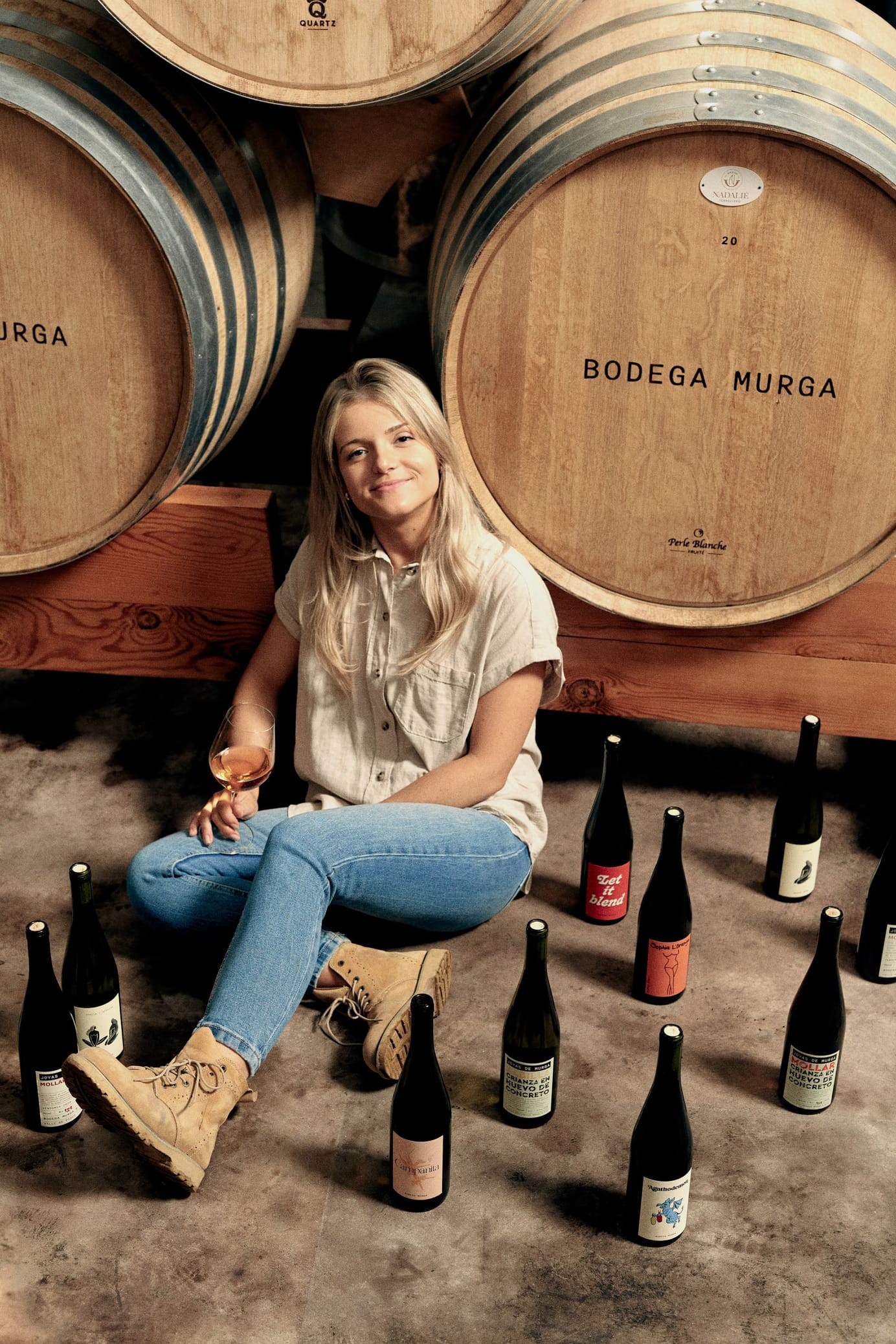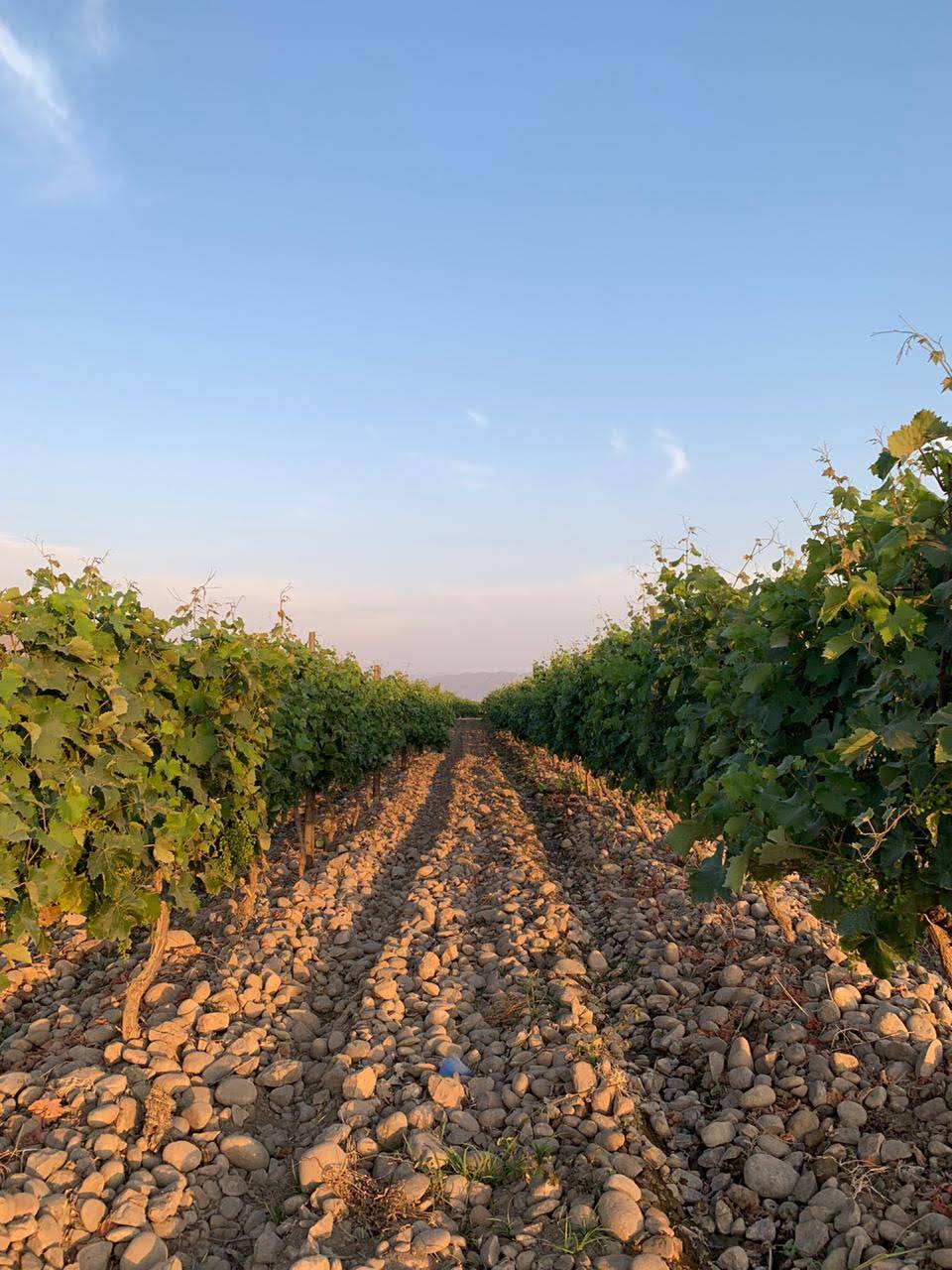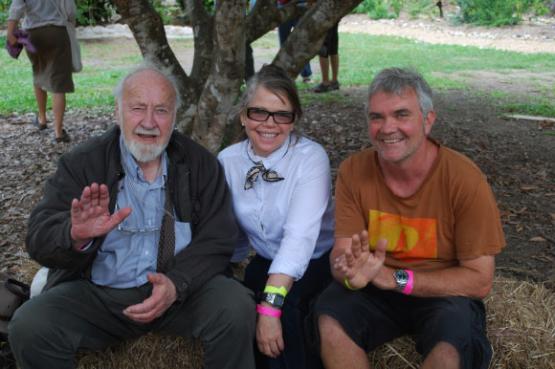
Meet the winemaker: Bodega Murga
4 min read
Bodega Murga is an estate in the historic Valley of Pisco, Peru, run by Pietra Possamai who makes wine, pisco and mistela. They work only with Peruvian criolla grapes, also know as pisco grapes, grown and produced without chemicals and with respect for tradition.
We spoke to Pietra after including one of her wines in our selection for RAW WINE Club. This was our conversation.
How did you come to be a producer of wine, pisco and mistela? Is it something that has been passed down through family?
I am Brazilian, from the state of Rio Grande do Sul in south Brazil. My city Bento Gonçalves is in the Serra Gaúcha wine region, known as the capital of Brazilian wine. Wine was very much embedded into our culture. You would go to high school in the morning and attend enology and viticulture classes in the afternoon. After that, you could decide if you wanted to continue to study winemaking at university, which I chose to do.
But I don't come from a winemaking family - my mother is a hairdresser and my dad is a salesman. I have a lot of friends and winemaking colleagues back where I'm from, who come from winemaking families and learned from their grandparents. I've been in Peru with Bodega Murga since 2019, but I have been making wine since 2015 - nearly 10 years now. I'm really proud of that. My first foray into natural wine was in Brazil, but now I make natural wine in Peru using pisco grapes.
Why Peru?
In 2019, I started to think about trying something outside of Brazil, but I didn't know where - just that I didn't want to go anywhere with a big winemaking tradition. I had a boyfriend at the time who was a chef, living and working in Peru for a few months of the year. It was a coincidence really. I was searching for somewhere new and he just so happened to be working here. Without the boyfriend, there would be no wine!

Can you tell me about the Valley of Pisco, and the grapes, climate and traditions that define the region?
Pisco Valley is three hours south of Lima. It's a coastal region - we're 25 to 28km from the sea, so really close by. It's an ancient valley and in the past it was very significant, but has become less so over the years. We're an hour and a half away from Ica, another historical valley and wine region that's full of Peruvian history and has grown in popularity. We have a ruin nearby that was a principal resting place for the Incas when they came down to the coast, so we're hoping that the historical and cultural significance of the Pisco Valley is restored.
There's not a huge quantity of grapes here - there are one or two other producers in this region. The climate is very dry and we have a strong wind that comes in from around 4-5pm until around 7-8pm, which helps a lot with the vineyard, because it keeps the grapes dry and imparts a strong marine and salty character to the wines.
Is there much of a natural wine scene in Peru, and do you see this growing in the future? Is the climate good for organic viticulture?
Right now, we have two or three natural wine producers in all of Peru, as well as a natural pisco distiller. The climate is well suited to organic viticulture - of course, there's a lot of rain which can make it hard, but here the climate is perfect.
We work organically, but we don't have the certification because we're a young winery and it's expensive - at this point in time, we'd rather invest our money into the winery than the certification. I don't see the natural wine scene growing so much, but I do think more people will start making wine from pisco grapes.
Why is that? What do Pisco grapes offer winemakers?
Pisco grapes offer a lot of new possibilities for people to mix classic grapes with Criolla grapes. It's a new wave of winemaking. It all started in 2015 or 2016, when a group of four friends, passionate about Pisco the spirit, set out to make very high quality pisco - a much higher quality than what was available on the market. They were also big fans of natural wine and started promoting the use of Pisco grapes to make wine. They did a small batch vinification in 2018 and we started working together in 2019. It's lighter in body, not so high in alcohol and the flavors it offers are really local. It's a true expression of the terroir. We're excited to stay on this path of making natural wine with Criolla grapes and skin contact.
What grapes do people typically work with in Peru?
Peru's plants tend to be quite young - they grow a lot of leaves and produce a high quantity of grapes. Our youngest plant is four years old. Typical production is around 20-35 tonnes per hectare, but we're working with 13-19 maximum. It's a very significant difference.

Can you describe the vineyard and its surroundings?
Our vineyard is very close to the Pisco river, a very important river in the region, and the soil is predominantly stone and sand. There's a lot of sand because we're very close to Deserto de Morón. We work with six of the eight grapes from Pisco: Mollar, Negra Criolla, Quebranta, Albilla, Italia and Moscatel.
How many hectares do you work with?
Right now, we have 24 hectares.
Do you use any sulfites and what are the total sulfites per liter?
I use sulfites during bottling and it ranges from 4-12 parts per million, depending on the wine.
Visit Bodega Murga's RAW WINE profile to learn more about the winery and discover which RAW WINE fairs they're pouring at soon.


